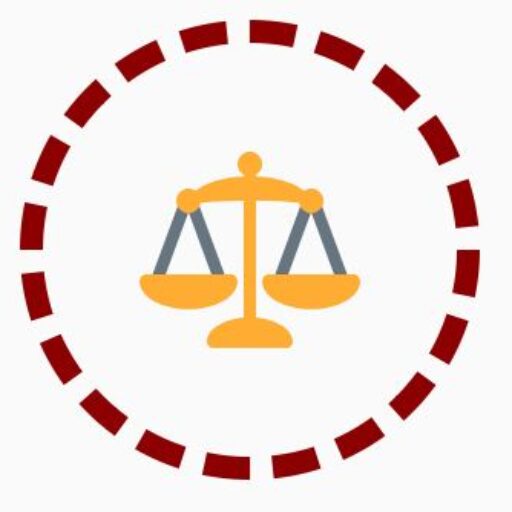Employment law regulates the relationship between employers and employees, ensuring fair treatment, safe workplaces, and compliance with legal obligations. It governs rights, duties, and disputes arising in the work environment.
Key Areas:
- Hiring & Termination:
- Anti-discrimination laws (e.g., race, gender, age, disability) during hiring/firing (e.g., Title VII of the Civil Rights Act).
- At-Will Employment: Employers can terminate employees without cause (unless restricted by contract or law).
- Wages & Hours:
- Minimum wage, overtime pay, and record-keeping (e.g., Fair Labor Standards Act).
- Classification of workers (employee vs. independent contractor).
- Workplace Safety:
- Standards for safe working conditions (e.g., Occupational Safety and Health Act (OSHA)).
- Discrimination & Harassment:
- Protections against bias, harassment, and retaliation (e.g., Americans with Disabilities Act (ADA)).
- Leave & Benefits:
- Rights to unpaid leave (e.g., Family and Medical Leave Act) and employer-provided benefits (healthcare, pensions).
- Union Rights:
- Collective bargaining and protection from unfair labor practices (e.g., National Labor Relations Act).
Core Principles:
- Non-Discrimination: Equal opportunity regardless of protected characteristics.
- Fair Compensation: Payment for work performed, including overtime.
- Safe Work Environment: Employer responsibility to mitigate hazards.
- Retaliation Protections: Employees cannot be punished for reporting violations (e.g., whistleblowing).
Purpose:
- Protect employees from exploitation and unsafe conditions.
- Balance power dynamics between employers and workers.
- Resolve disputes (e.g., wrongful termination, wage theft).
Examples:
- An employee sues for wrongful termination after reporting sexual harassment.
- A worker files a wage claim for unpaid overtime.
- A company faces penalties for violating OSHA safety standards.
Enforcement & Remedies:
- Agencies: U.S. Department of Labor, Equal Employment Opportunity Commission (EEOC).
- Remedies: Back pay, reinstatement, fines, or damages for emotional distress.
Sources:
- Statutes: Federal/state laws (e.g., Civil Rights Act, ADA).
- Contracts: Employment agreements, union contracts.
- Case Law: Court rulings interpreting workplace disputes.
Employment law focuses on civil enforcement (not criminal penalties), emphasizing compliance and fair resolution. Rules vary by jurisdiction but universally aim to uphold dignity and equity in the workplace.
